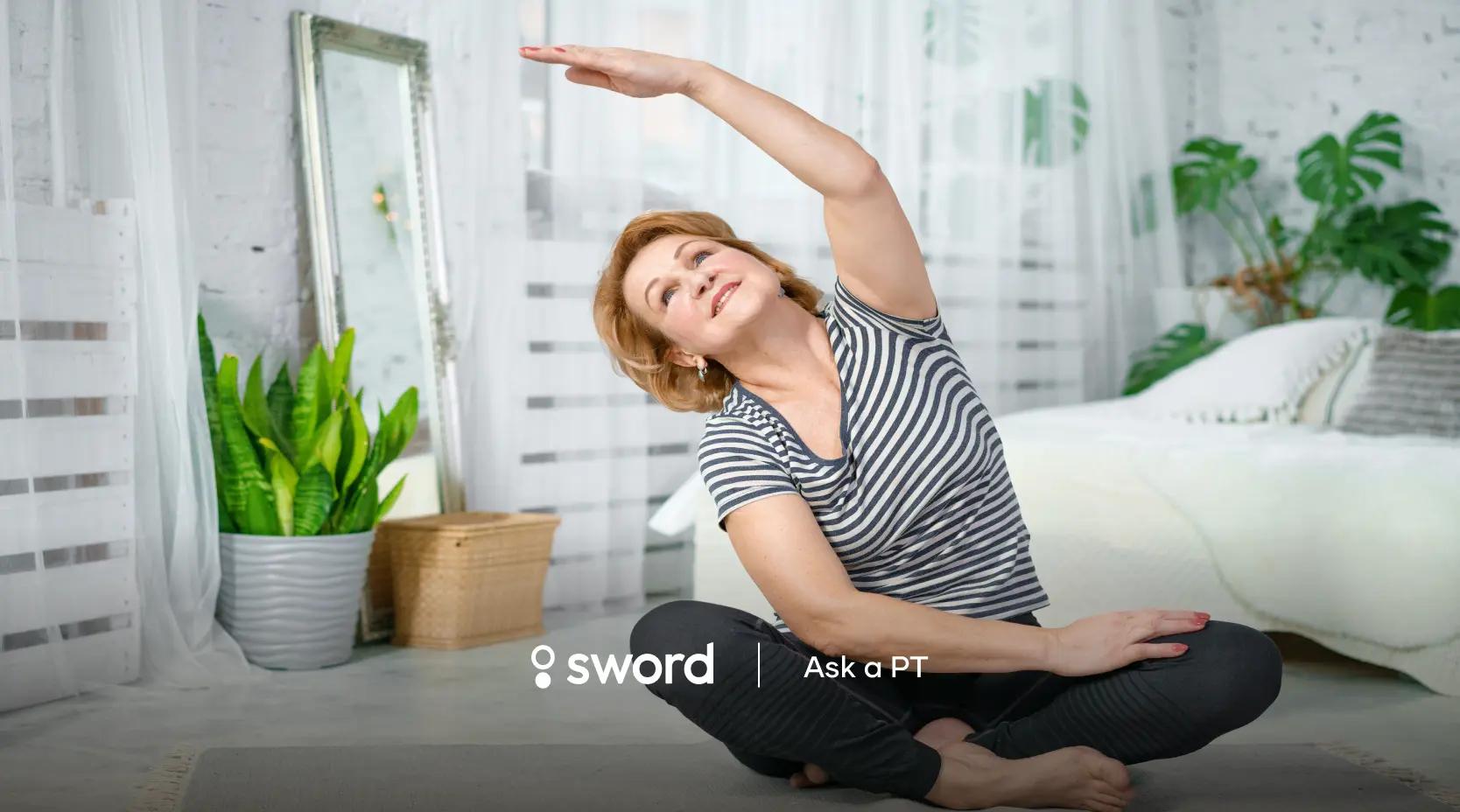Fresh health insights

Benefits for labor union members: how to get the most out of your plan
If you’re a union member, you know the value of having someone in your corner. Unions fight for fair wages and safer working conditions, but one of the biggest protections they secure for members is a strong benefits package. Health insurance, injury care, paid leave, pensions — these benefits don’t just support you while you’re on the job. They help you and your family feel secure if something unexpected happens. Still, many union members don’t realize everything that’s included, or how to take maximum advantage of these benefits. That can mean missing out on valuable care, perks, or financial incentives.
July 21, 2025 • 9 min read

Benefits for government workers and federal employees
When you work in the public sector, whether you’re a federal postal worker, state employee, or local city staffer, your compensation goes far beyond a paycheck. Your government employee benefits package is one of the most valuable parts of your total rewards. It protects your health, your family, and your future. But benefits can be confusing to navigate.
July 21, 2025 • 11 min read

GLP-1 and lean mass loss: why you need movement to retain muscle
GLP-1 medications are having a strong and fast impact. Patients are losing weight and in the short term, results are positive. These medications work effectively to promote fast weight loss by curbing appetite, slowing gastric emptying, and improving glycemic control. The possibility of delivering these outcomes without stimulants or surgery represents a significant step forward for obesity treatment However, employers and insurers need to make sure that GLP-1 drug usage is supported by regular physical activity over a longer time horizon to protect against longer term risk factors.
July 21, 2025 • 8 min read

Affordable healthcare options for employers (that still deliver results)
Healthcare costs continue to rise, squeezing HR budgets while employees expect more support than ever. Many employers feel stuck between doing the right thing for their workforce and controlling costs that spiral year after year. When budgets are tight, the temptation is to cut corners, squeeze premiums, or add cheaper vendors. But “cheaper” health benefits often cost more in the long run. This guide gives you specific implementation advice that will reduce your overall cost base AND improve the health outcomes of your employees. Benefits managers are dealing with a situation that feels like they’re paying more while their employees get less in terms of healthcare outcomes.
July 21, 2025 • 10 min read

GLP-1 muscle loss: the hidden cost of weight loss without movement
Medications are redefining how obesity is treated. Once primarily used to manage diabetes, GLP-1 drugs like semaglutide (Ozempic, Wegovy, and others) are now commonly prescribed in weight loss plans — especially for employers and health insurers aiming to support the metabolic health of their members. Early indications show the drugs are helping patients lose weight. But as enthusiasm surges, so does concern.
July 17, 2025 • 15 min read

Low impact activities: the easy way to boost your physical and mental health
When you think of exercise, you might picture sweat-dripping, heart-pounding workouts. But the most transformative type of movement? It’s often slower, quieter, and much gentler on your body. Low impact activities are exercises that reduce stress on your joints and muscles, making them ideal for people managing chronic pain, recovering from injury, or simply looking to stay active without overdoing it. They’re also deeply supportive of your mental well-being, helping ease anxiety and boost energy. This type of low intensity movement is also easier to sustain. No sprinting or pressure on the joints. Just movement that anyone can add to their day-to-day routine.
July 22, 2025 • 8 min read
Sword Move: stay strong, stay moving, skip the pain
You deserve to feel strong, capable, and pain-free in your body. Every day. Maybe your back tightens up after long hours at your desk. Maybe your knees feel stiff when you’re chasing after the kids. Or maybe you’ve just fallen out of your movement routine, and you’re not sure how to restart safely. Sword Move was built for that moment.
July 15, 2025 • 4 min read
All about workplace health
How Digital Physical Therapy Improves Employee Retention
Did you know that fear of pain can be more disabling than pain itself? Half of American adults suffer from musculoskeletal (MSK) pain, negatively impacting job satisfaction and quality of life. Pain makes it difficult to even show up to work. Nearly 28% of people in the workplace will take leave for MSK pain over the course of a year. Patients who suffer the two most common conditions of low back and neck pain have an average return to work of 7 days.
September 27, 2022 • 5 min read
How to evaluate and select the best digital MSK vendors
Musculoskeletal (MSK) disorders are one of the most expensive and under-addressed cost centers facing U.S. healthcare providers. MSK disorders affect 1 in 2 Americans and cost over $190 billion per year, more than heart disease, cancer, or mental health conditions. For employers and health plans, MSK claims are often among the top 3 cost drivers. And for members, chronic pain reduces quality of life, drives absenteeism, and often leads to costly downstream interventions. That’s why digital MSK solutions have surged in popularity. The promise is compelling: better access, which drives stronger engagement, delivers better outcomes, and therefore lowers overall healthcare costs.
August 13, 2020 • 6 min read
5 Reasons Why MSK Care is a Top Priority for Employers
You’ve likely seen numerous digital health solutions that promise to lower medical spend. You’ve probably zeroed in on the top conditions with significant digital solutions in the marketplace: musculoskeletal (MSK), mental health, and diabetes. For most companies, prioritizing MSK care over other digital health solutions will drive the biggest benefits for your employees and your bottom line when it comes to savings. Given the multitude of vendors, platforms, and solutions available, prioritization can be a daunting task. How do you choose from among the thousands of digital health tools? What combination of condition focus and solution selection will drive the best outcomes for your population and the biggest return for your business?
September 19, 2022 • 5 min read
Tackling the #1 driver of employers’ health costs: MSK
The phrase ‘musculoskeletal disorder’ may not ring a bell — but the feeling might. The term refers to any type of pain in the muscles or joints, from chronic pain to injuries to post-surgical pain. Many of us have suffered from a musculoskeletal (MSK) issue at some point in our lives. In fact, one in two Americans is struggling with an MSK condition right now. And it’s causing economic ripples, especially in the workplace.
January 20, 2020 • 6 min read
More from Sword: Ask a physical therapist

Ask a PT: when is the best time to do my exercises?
Before I joined Sword Health, I worked in brick-and-mortar clinics. I never worked weekends, and rarely worked past 6 pm. My schedule was great...for me. But for my patients, it was a real challenge. Attending a physical therapy appointment might require leaving work early or slipping out at lunch. Even patients with more flexible schedules would sometimes lament about finding childcare or arranging transportation. A thirty-minute appointment could easily take an hour or even 90 minutes once travel was taken into account. When I was in a clinic, the “best” time for a patient to do their exercises was the time that worked for me, not for them. Sword's virtual model gives our members the power to do their exercises when AND where it's most convenient for them. Now that I work remotely for Sword, I’m able to help our members figure out the best time to do their exercises at home. Now, when my members ask me when they should do their exercises, I tell them - the best time is when you’ll actually do them!
February 11, 2021 • 6 min read

Ask a PT: Does walking really help with pain?
If you’ve ever stood on the sidelines of a sporting event, you’ve likely witnessed many falls, trips and tackles. Whether the players are small children or professional athletes, the advice from the coach may have simply been to “walk it off.” While that is not always the best solution after an acute injury, walking can be a really effective way to manage chronic pain. Motion is lotion. Movement increases blood flow, which brings nutrients to our tissues. It also helps those that don’t have blood flow, like cartilage. Cartilage lines our joints, absorbing impact. It’s surrounded by a liquid which provides it with nutrients, flowing in and out of it like a sponge. Exercise, like walking, causes loading that fills and squeezes that sponge, particularly in the joints of our legs and spine.
August 13, 2020 • 4 min read

Ask a PT: What Is Causing My Shoulder Pain?
When your shoulder hurts, it can be difficult to tell exactly what’s gone wrong. You’ve probably heard of pinched nerves and rotator cuff tears. Perhaps you’ve also heard about shoulders being ‘impinged’ or ‘frozen.’ It’s not easy to keep these various shoulder conditions straight, especially when they all cause similar pain symptoms. The first step towards fixing a problem is identifying it. This article, written by a team of Doctors of Physical Therapy, is designed to help you figure out what’s causing your shoulder pain — so you can begin the process of healing it. We will dive into the five most common causes of shoulder pain and how to differentiate them. Cervical refers to the neck, and radiculopathy is pain that radiates to another body part. Hence, cervical radiculopathy: a pinched nerve in the neck, which can cause radiating pain affecting the shoulder. It occurs when the cervical spine becomes damaged due to sudden injury or degeneration over time, and squeezes or puts pressure on a nearby nerve.
February 20, 2024 • 6 min read
Meet our editors

Sword Editorial Team
Experts in pain, movement, and digital health
The Sword Editorial Team brings together expert clinicians, researchers, and health writers dedicated to clear, evidence-based insights on pain, movement, and digital care. The team is always focused on Sword’s mission to free the world from pain and draws on backgrounds in physical therapy, pelvic health, mental health, behavioral science, and health policy.

Megan Hill, PT, DPT
Director, Clinical Specialists, Doctor of Physical Therapy
Megan specializes in musculoskeletal rehabilitation and chronic pain management. After a knee injury from the Chicago Marathon led her to discover the power of PT firsthand, she dedicated her career to helping others regain strength and movement. Megan holds a Doctor of Physical Therapy from the University of Illinois at Chicago and a BA in psychology from Duke University.

Dr. Fernando Correia, M.D.
Founding Team & SVP Clinical & Regulatory Affairs
Dr. Fernando Correia is a physician specializing in Neurology and a member of the company’s founding team. He leads clinical validation and medical affairs at Sword, with his work driven by his belief that technology and human connection can make high-quality, evidence-based care accessible for all.







